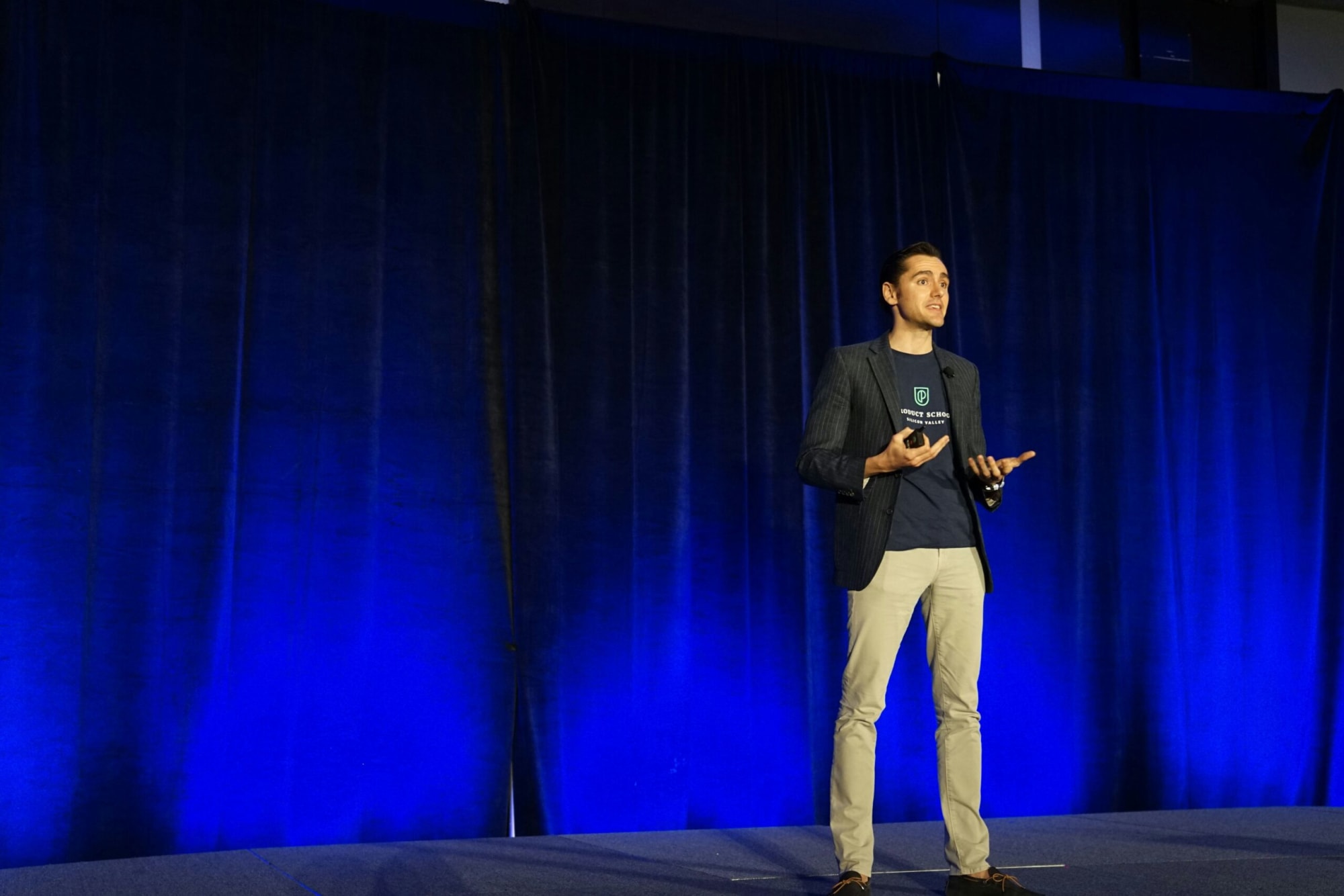Do you want to captivate your audience, deliver your message clearly, and leave a lasting impression?
Then follow these tips to become an effective speaker at events.
Prepare Strategically
We all know audiences' attention spans are short. You need to grab their interest from the get-go. A big part of doing that is knowing who they are and what they're interested in.
Develop Audience-Centric Content
Ever wondered why some presentations just seem so effective? It's because they speak directly to the audience's needs. Conduct some pre-event audience analysis to get into the heads of your target audience. Use surveys, social media, or even direct communication to gather insights. This way, you can tailor your content to address specific challenges and opportunities that really hit home.
Master Your Topic and Research Techniques
Feeling a bit shaky on your topic? No worries. Leverage AI-powered research tools to get a head-start on understanding the subject. These tools can analyze heaps of data in no time, providing you with the latest trends and stats.
Optimize Your Presentation Structure
Craft an attention-grabbing opening with the "STAR" method (Shock, Tease, Amuse, Relate) to set the right tone. Start with a shocking statistic, a teasing question, an amusing anecdote, or a relatable story to hook your audience.
How to Engage Your Audience During a Conference Presentation
We've all been there—sitting through a presentation that feels like it's dragging on. So, how do you keep your audience from zoning out?
Start With a Strong Opening
Capture attention right off the bat. Open with a relevant anecdote or a thought-provoking question to immediately hook your audience and set the stage for an engaging session.
Use Vocal Dynamics and Speech Patterns
Master the art of strategic pausing for emphasis. Pauses give your audience time to absorb information and create a sense of anticipation. Implement vocal variety to keep your audience engaged. Change your pitch, volume, and pace to maintain interest and emphasize key points.
Master Body Language and Stage Presence
Develop purposeful gestures to reinforce key points. Use your hands to illustrate concepts or emphasize important information. Master micro-expressions for authentic communication.
Craft Narrative and Use Storytelling
Apply the "Hero's Journey" framework to your presentation. Introduce a challenge, describe the journey to overcome it, and conclude with the resolution.
Incorporate data storytelling techniques to make complex information more accessible. Use charts, graphs, and real-world examples to illustrate your points.
Encourage Audience Participation
Ask questions or conduct polls to involve your audience actively. This interaction keeps them engaged and provides immediate feedback. Invite input and feedback throughout your presentation.
Master the Psychology of Public Speaking
Public speaking can be nerve-wracking, but understanding a bit of psychology can go a long way in keeping your confidence up and audience engaged.
Understand Audience Psychology and Engagement Techniques
Apply principles of persuasion psychology in your content. Use techniques like social proof, where you highlight how others have validated a point in your message, or scarcity, where you emphasize the high demand or belief in a resource that is finite. These methods make your content more compelling and persuasive.
Overcome Anxiety and Imposter Syndrome
Try techniques like deep breathing, visualization, and mindfulness to reduce stress and improve your confidence. Find what works best for you and incorporate it into your pre-presentation routine.
Tips for Handling Q&A Sessions at Conferences
The Q&A session can be a minefield if you’re not prepared. With a bit of strategy, you can handle it like a pro.
Anticipate Potential Questions
Prepare responses in advance. Think about the main points of your presentation and what questions might arise. Create a list of potential questions and draft concise, informative answers to respond confidently and accurately during the actual session.
Listen Carefully to Each Question
Ensure you understand the intent. When a question is asked, listen attentively without interrupting. Pay attention to the wording and tone to grasp the underlying concern or curiosity. If the question is unclear, ask for clarification to avoid misunderstandings.
Provide Clear and Concise Answers
Address the core of the question. Focus on the main point of the question and provide a direct answer. Avoid going off on tangents or providing unnecessary details. A clear, concise response keeps the session engaging and informative.
Maintain Composure and Professionalism
Stay calm and confident. Maintain a composed demeanor, even if faced with challenging or unexpected questions. Take a deep breath before responding and keep your tone steady. Confidence in your responses reassures the audience of your expertise.
Unlock the Full Potential of Your Events With Swoogo
As a corporate event planner, mastering public speaking at conferences is just one piece of the puzzle. Swoogo's comprehensive event management platform can help you streamline every aspect of your event, from registration to post-event analysis. Check out our customizable tools and robust support to see how we can help you deliver a seamless and engaging experience for your attendees.

